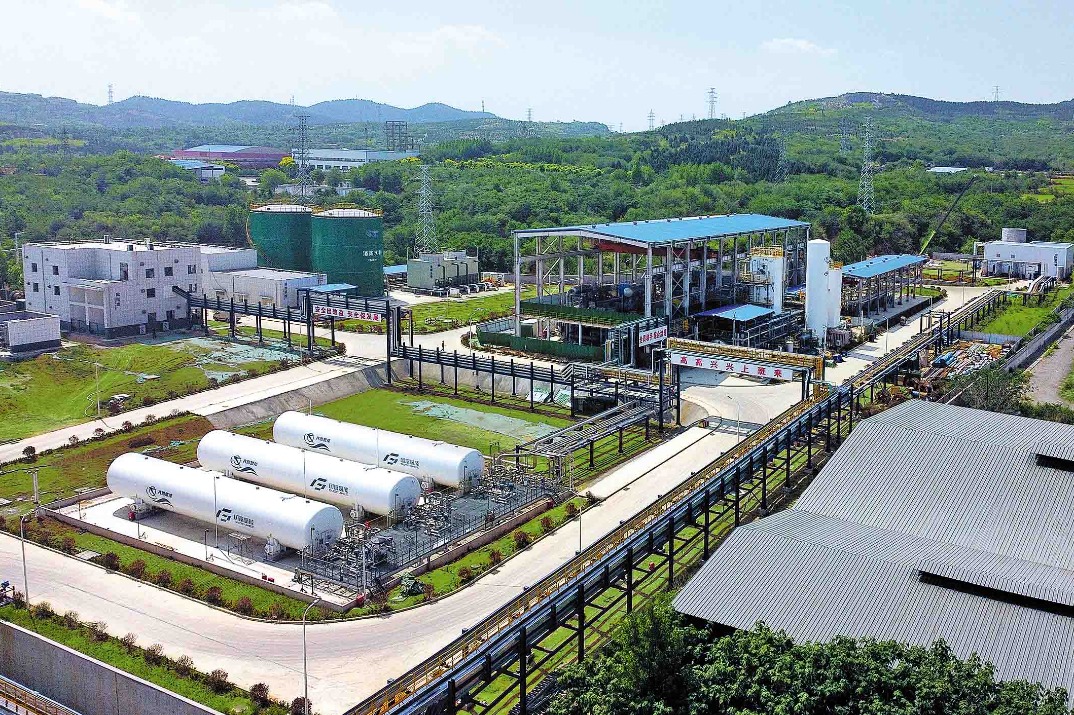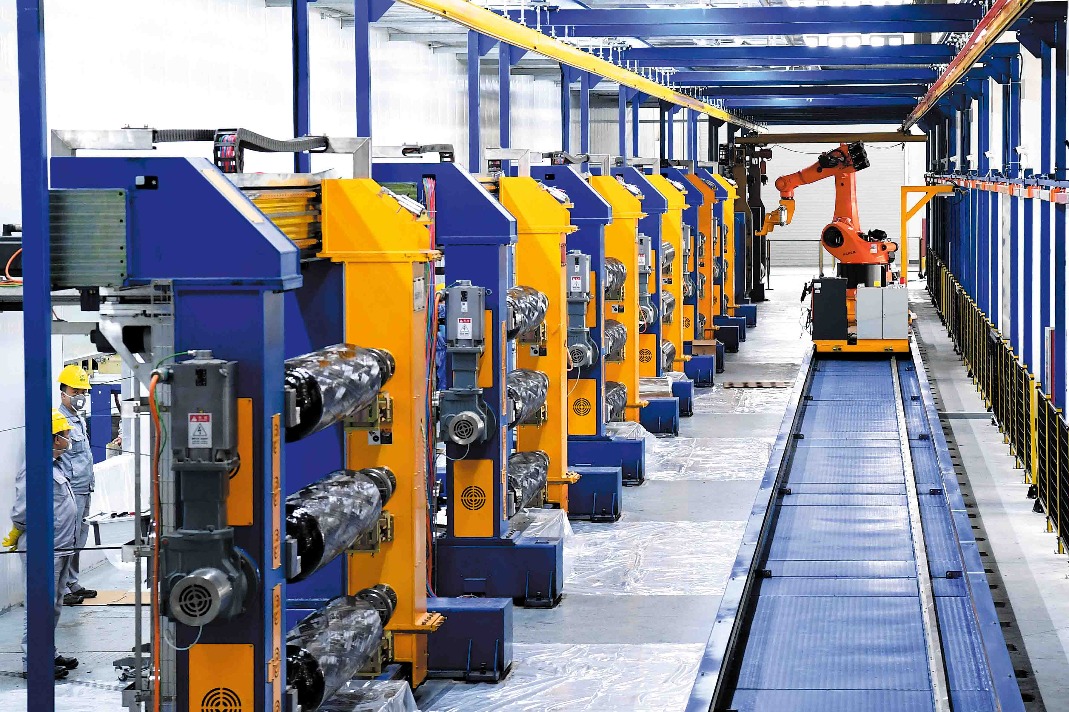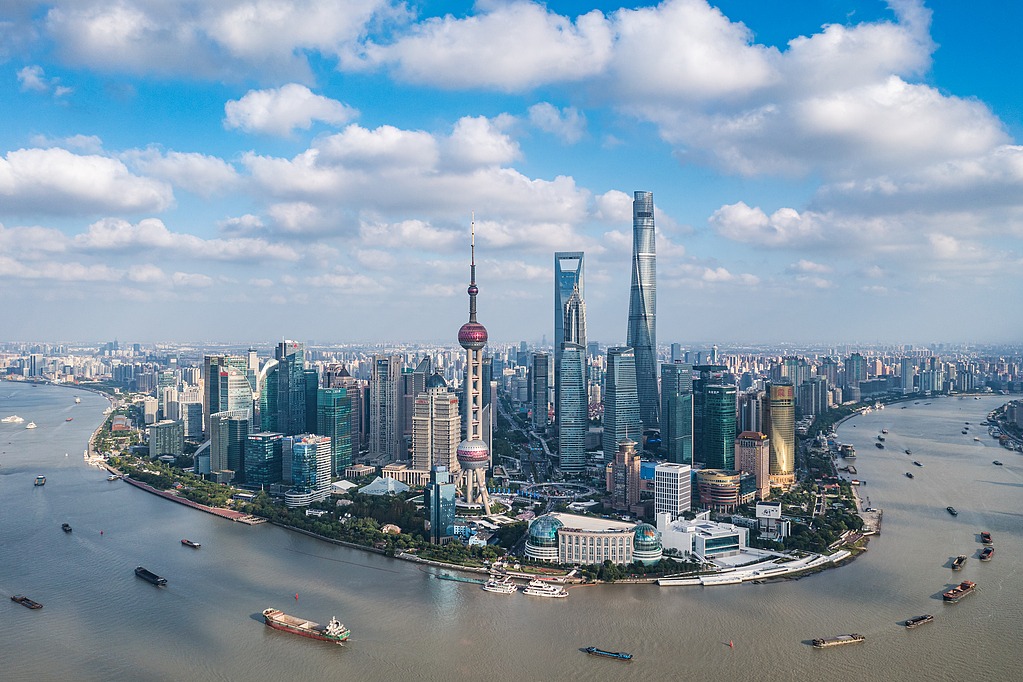Amid slowing growth, a strong case for fiscal expansion


Expansionary fiscal policy is known to lead to short-term escalation in a country's fiscal deficit. Yet, it would be reasonable for the Chinese government to accord top priority to the task of preventing the economy from any further deceleration. The government would do well to adopt a more powerful fiscal stimulus, in coordination with monetary easing.
China's GDP growth has been slowing steadily since the first quarter of 2010, when it exceeded 12 percent year-on-year. In the third quarter of 2019, the GDP growth came in at 6 percent year-on-year, the lowest since 1992. Such a steady deceleration is unprecedented for the world's second-largest economy.
This downtrend is riskier than many observers seem to realize. First of all, after nearly a decade of continuous slowing growth rate, investors and consumers are becoming increasingly reluctant to spend. Any further growth deceleration will likely strengthen their expectation of economic slowdown and further dampen investment and consumption, kicking off a vicious cycle in which pessimistic expectation of economic growth fulfills itself.
Second, given that GDP and GDP growth rate are the denominators of almost all economic and financial indicators, a slower GDP growth rate will lead to deterioration of the indicators. For example, if deleveraging efforts induce a sharper decrease in GDP than in outstanding debts, the debt-to-GDP ratio will become higher rather than lower.
Third, a decline in GDP growth will impede economic restructuring. For instance, the shutdown of zombie enterprises-companies whose operating profits could not cover interest expenses by a version of definition-entails re-employment of the workers laid off, which will be easier amid buoyant economic conditions than in an economic depression. Moreover, if economic growth slows down continuously, more companies will be less profitable and even become zombie enterprises.
Also, China needs relatively strong domestic demand to buffer any possible escalations in the external environment, let alone that a slower GDP growth may strain the employment situation, which may not be as strong as indicated by the headline jobless rates.
After a decade of economic deceleration, a question hangs over both the academia and the public: when and at what speed will the Chinese economy finally stabilize at the so-called "L-shape" shift pattern of GDP growth?
If there was no policy space to counter downward pressure, such a deceleration would be inevitable. But this is not what facing the Chinese economy now. We should not give up in guaranteeing a 6-percent GDP growth.
There are basically two preconditions to test whether an economy could resort to expansionary macro adjustments.
The first is inflation. If growth in the indexes of consumer prices and producer prices are on the upward trajectory, it may indicate that the economy will overheat and expansionary policies may not be appropriate. For China, the major concern is deflation instead of inflation.
The Consumer Price Index in December rose 4.5 percent year-on-year, and the annual average CPI growth stood at 2.9 percent for 2019, official data showed. Though tight supply of pork pushed up the CPI growth during the second half of the year, the core CPI, or the index that excludes food and energy prices and better reflects the aggregate supply-demand relationship, remained low.
Meanwhile, the year-on-year growth in the Producer Price Index that gauges factory-gate inflation has been trapped in the negative territory since July, pointing to risks of deflation.
Indeed, China's broad money supply, as a share of GDP, is among the world's highest. But this may not be proper attestation that China has run out of the space for monetary expansion: since household saving is a proportion of M2, China inevitably has a rather high level of M2 by global standards because of the high saving rate of Chinese residents.
The second is fiscal position. If the fiscal situation is terrible and marked by difficulties in selling government debt, any expansionary policies may not be worth the risk. China's fiscal position, in fact, is relatively healthy by global standards.
We must be fully aware of the risks in the high leverage of local governments. But even when the off-budget local government special-purpose bonds are taken into consideration, China's fiscal position would remain significantly stronger than those of most developed economies.
More importantly, the Chinese government boasted net assets worth $17 trillion by 2016, according to the Chinese Academy of Social Sciences. Such assets can be a powerful buffer against fiscal shocks.
Therefore, I would argue that China should adopt more powerful fiscal expansion. Giving up fiscal stimulus and letting the economy drift into further slowdown will lead to escalations in fiscal deficit in the longer run.
The focus of fiscal stimulus should be increasing the government deficit to finance more infrastructure investment. Boosting government expenditure should be a more efficient approach than cutting taxes for the purpose of stimulating the economy, as part of the reduced taxes could be saved instead of being spent.
I disagree with the assertion that China has little space for expanding infrastructure investment. China will long remain in the process of urbanization, which entails more infrastructure investment. In the areas ranging from the heating system for southern China in winters and rail traffic networks in mega cities, to basic research and vocational training, infrastructure is still in shortage.
Government-led infrastructure investments in those areas will create profitable business opportunities and attract private investment. This will help address the lack of investment, a main source of economic downward pressure, and lead to higher residents' income and therefore more consumption.
On the monetary side, it is necessary to lower the interest rates. The main purpose of such easing measures should be to support expansionary fiscal policies. Making monetary policy shoulder too many responsibilities may dampen policy efficiency.
It should be noted that expansionary macro policies and structural adjustments should work hand in hand, and China needs to stick to reforms to promote economic restructuring and redress institutional problems.
But given that GDP growth has slowed so much to the current level, we should not overdo the restructuring efforts, or avoid pushing ahead the reforms at the cost of further economic deceleration. For instance, when pushing ahead environmental protection campaigns, local governments should take a phased approach and avoid shutting a large number of factories at one go.
A pure pursuit of structural reforms during the current downward pressure is a kind of idealism and will not work, because many structural problems, in the short term, cannot be resolved, or could only be resolved at unbearable expenses.
China has long adopted the approach of pushing ahead reforms amid a pursuit of economic growth, and the country should, and is still able to, adhere to this development path.
Yu Yongding is an academic council member of the Chinese Academy of Social Sciences and former president of the China Society of World Economics.




































